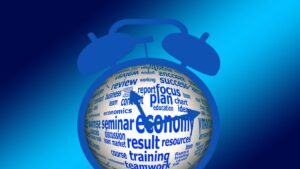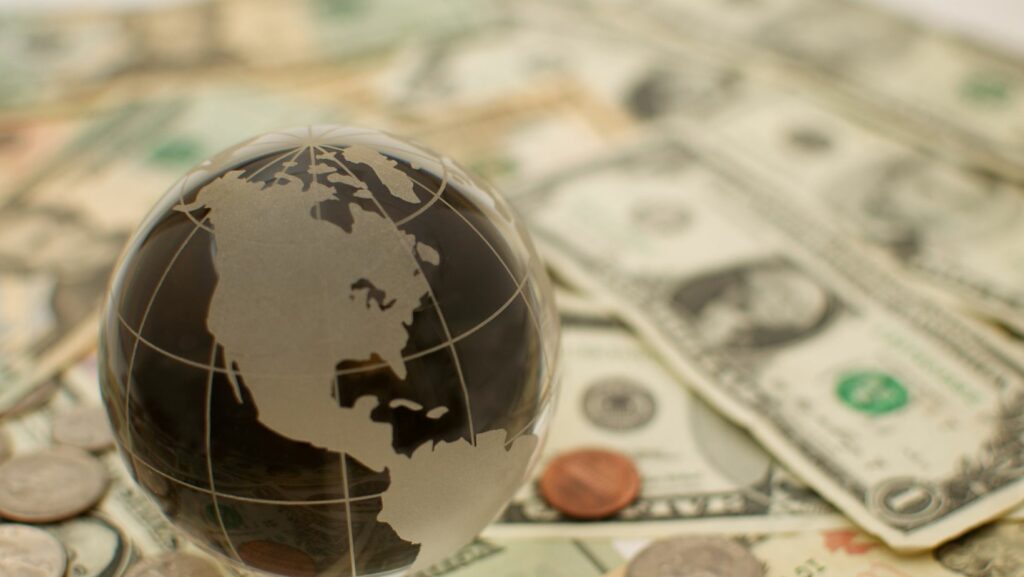What type of economy do most countries in the world have? In my exploration of global economies, I’ve uncovered a prevalent trend that shapes the financial landscapes of most nations. From bustling metropolises to remote villages, the majority of countries embrace a specific type of economy that influences their growth and development. Understanding this economic framework is key to grasping how nations navigate challenges and opportunities on the world stage.

As I delve into the intricacies of economies across the globe, I’ve observed a common thread that binds them together. This shared economic model underpins the way resources are allocated, businesses operate, and individuals interact within their societies. By shedding light on the predominant economic system that shapes the world we live in, we can gain valuable insights into the forces driving global trade, innovation, and prosperity.
What Type of Economy Do Most Countries in the World have?
Capitalism and Free Market Economies
What type of economy do most countries in the world have? private individuals and businesses own and control the production of goods and services. It’s characterized by competition, profit motive, and minimal government intervention in economic activities. In these systems, what to produce is driven by consumer demand, how to produce is determined by efficient business practices, and for whom to produce is based on purchasing power.
Socialism and State-Controlled Economies
Socialism and state-controlled economies involve government ownership or regulation of key sectors such as healthcare, education, and utilities. The state plays a significant role in wealth distribution and decision-making, aiming for social equality and public welfare. In such systems, what is produced may align with public needs, how it is produced reflects collective planning, and for whom it’s produced is often centered on societal needs rather than profit.
Mixed Economy: A Blend of Market and State

A mixed economy combines elements of both market capitalism and state intervention. In this system, certain industries may be privately owned and driven by market forces, while others are operated or heavily regulated by the government. The balance between the market and state varies, with some countries leaning more towards a free market approach and others towards state control.
Trends in Global Economics
Shifts Towards Mixed Economies
In analyzing recent economic trends, it’s evident that many countries around the world are moving towards mixed economies. These economies combine aspects of both capitalism and socialism, striking a balance between free markets and governmental intervention. In my observation, this shift is driven by the recognition that pure capitalist or socialist models alone may not address all societal needs efficiently. By adopting a mixed economy approach, nations aim to harness the strengths of market competition while also ensuring social welfare and addressing market failures.
Technological Impact on Economic Structures

Reflecting on the impact of technology on economic structures, it’s clear that advancements in digitalization, automation, and artificial intelligence have reshaped the way economies operate. I’ve observed that technology has revolutionized production processes, supply chains, and market interactions, leading to increased efficiency and innovation in various sectors. Moreover, technological developments have influenced consumer behavior, business models, and global trade patterns.
How Do Countries Choose Their Economic System?
Historical Influences on Economic Choices
What type of economy do most countries in the world have? historical factors play a crucial role. The economic structure of a nation is often shaped by its past, including events like wars, revolutions, and colonialism. For instance, countries that have experienced periods of colonization may adopt economic systems influenced by their colonizers. Similarly, the aftermath of wars or revolutions can lead to the restructuring of economic policies to rebuild economies or implement new ideologies.
Socio-Political Factors
Socio-political considerations also significantly impact how countries decide on their economic systems. The social and political landscape of a nation, including its values, beliefs, and governance structure, plays a pivotal role in shaping economic policies. For example, countries with strong socialist ideologies may opt for centrally planned economies to prioritize collective welfare over individual profit.


